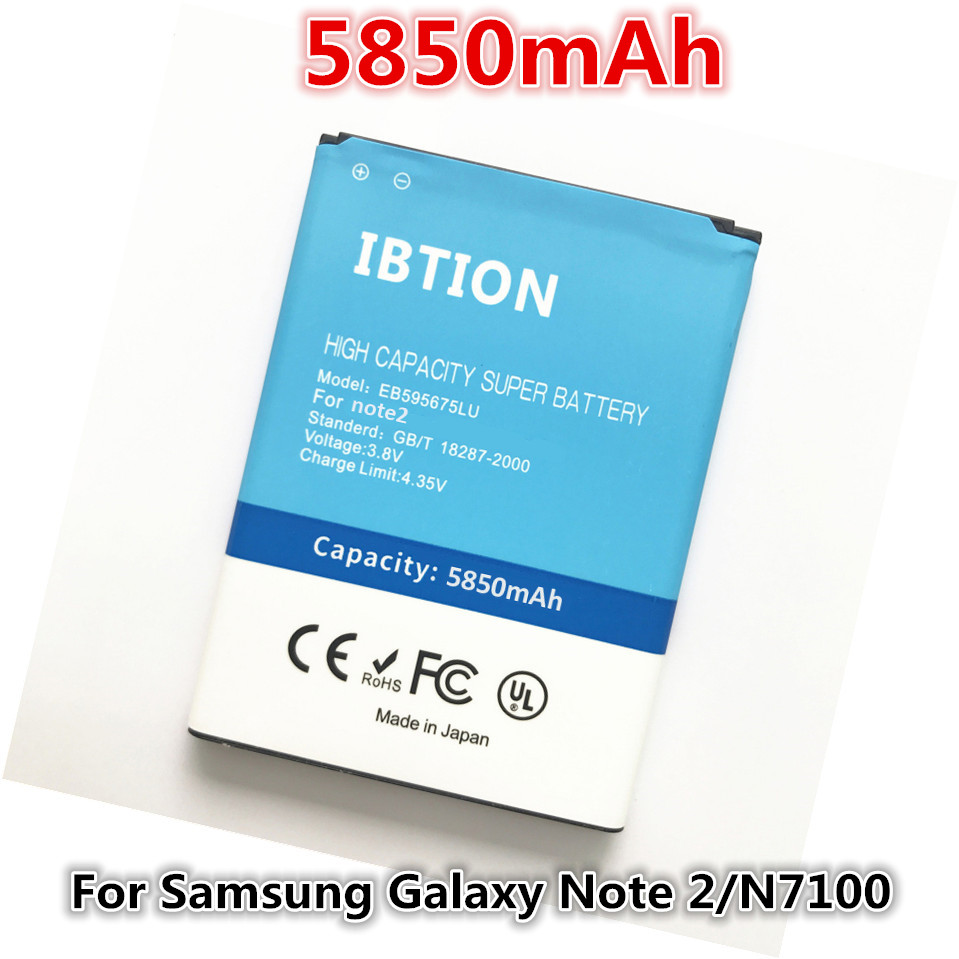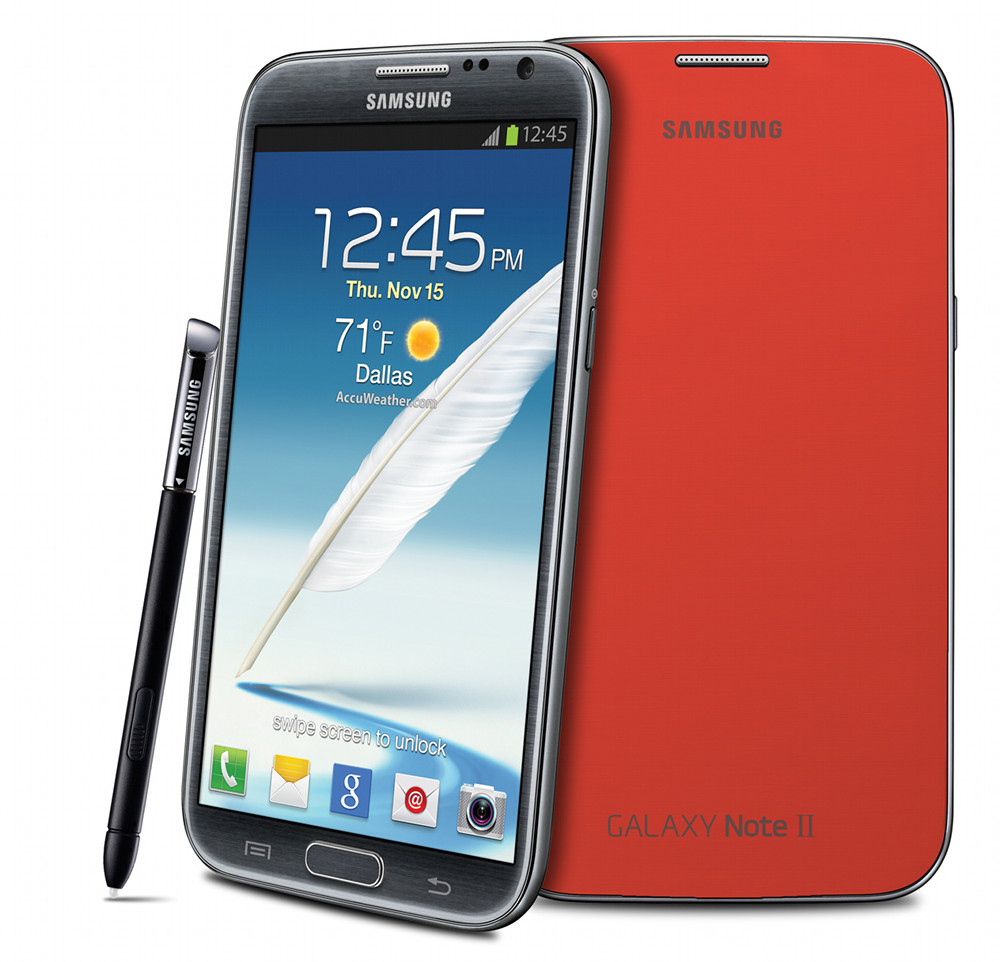Galaxy Note 2 stands as a landmark device in the evolution of smartphones, captivating users with its innovative features and robust performance. Released in a time when smartphones were steadily gaining traction, the Galaxy Note 2 brought forth a unique blend of productivity and creativity through its impressive design and the revolutionary S Pen. With its large display and multitasking capabilities, it set a new standard that would influence the design ethos of smartphones for years to come.
Boasting a sleek design, the Galaxy Note 2 features a spacious 5.5-inch HD Super AMOLED display that provides vibrant colors and sharp visuals. The introduction of the S Pen not only enhances usability but also allows users to engage with their device creatively, making note-taking and drawing effortless. As part of the Galaxy Note series, it laid the groundwork for phablets, merging the functionality of smartphones and tablets in a way that resonated with consumers.
Overview of the Galaxy Note 2

The Galaxy Note 2, released by Samsung in 2012, marked a significant evolution in the smartphone market, combining the functionalities of a phone and a tablet into a single device. With its impressive specifications and unique features, it aimed to cater to a diverse range of users, from professionals to casual consumers. This device not only showcased Samsung’s advancements in technology but also solidified its position in the competitive landscape of smartphones.
The design of the Galaxy Note 2 featured a sleek and modern aesthetic, characterized by its large 5.5-inch Super AMOLED display, offering a resolution of 1280 x 720 pixels. The device was powered by a quad-core processor, complemented by 2GB of RAM, ensuring smooth multitasking and performance. The rear-facing camera boasted an 8-megapixel sensor capable of capturing high-quality images, while a 1.9-megapixel front-facing camera supported video conferencing. The Galaxy Note 2 was available in various storage options, including 16GB, 32GB, and 64GB, which could be expanded via a microSD card, providing ample space for applications and media.
Unique Features of the S Pen
The S Pen, included with the Galaxy Note 2, set this device apart from its competitors. This stylus allowed for a variety of unique functionalities that enhanced the user experience significantly. The precision and responsiveness of the S Pen made it ideal for tasks such as note-taking, sketching, and navigating the device interface.
Key functionalities of the S Pen included:
- Smart Actions: The S Pen enabled users to perform actions simply by hovering over icons or links, providing a seamless interaction experience without needing to touch the screen.
- Air View: This feature allowed users to preview content by hovering the S Pen over items, such as emails or images, offering quick access to information without opening each application.
- Screen Write: Users could capture screenshots and annotate them directly with the S Pen, facilitating easy sharing of information and ideas.
- Pen Window: This innovative function allowed users to open an application in a small pop-up window simply by drawing a rectangle on the screen, enhancing multitasking capabilities.
The integration of the S Pen into the Galaxy Note 2 was a testament to Samsung’s commitment to innovating user interface design, which not only appealed to creative professionals but also addressed the needs of everyday users. The stylus transformed how users interacted with their devices, paving the way for a new segment of smartphones designed for productivity and creativity.
Historical Context of the Galaxy Note Series
The Galaxy Note series emerged as a response to the growing demand for larger screens and productivity features in smartphones. Introduced in 2011 with the original Galaxy Note, Samsung pioneered the “phablet” category, which combined elements of both smartphones and tablets. The success of the initial model encouraged the development of subsequent versions, including the Galaxy Note 2, which further refined the concept and added enhanced features.
The Galaxy Note series had a substantial impact on the smartphone market:
- Setting Trends: The introduction of larger display sizes influenced other manufacturers, leading to a broader acceptance of phablets in the market.
- Productivity Focus: By integrating the S Pen and productivity tools, the Galaxy Note series catered to professionals seeking efficient mobile solutions, thereby creating a niche market.
- Consumer Expectations: The success of the Note series raised consumer expectations regarding device capabilities, leading to advancements in hardware and software across the industry.
As the Galaxy Note series continued to evolve, it maintained a loyal following, establishing Samsung as a leader in smartphone innovation and setting benchmarks for competitors. The Galaxy Note 2 not only reinforced this legacy but also laid the groundwork for future iterations, influencing the direction of mobile technology for years to come.
Performance Analysis
The Samsung Galaxy Note 2, launched in 2012, showcased impressive performance capabilities that set it apart in the smartphone market of its time. With its powerful specifications and innovative software features, it delivered a user experience that catered to both productivity and entertainment. This analysis explores the performance metrics of the Galaxy Note 2, including its processor specifications, software enhancements for multitasking, and battery life in comparison to its contemporaries.
Processor Specifications and Benchmarks
The Galaxy Note 2 was equipped with a quad-core Exynos 4412 processor, clocked at 1.6 GHz, which significantly boosted its performance. This processor was coupled with 2 GB of RAM, enabling smooth multitasking and efficient handling of resource-intensive applications.
In benchmark tests, such as AnTuTu, the Galaxy Note 2 scored around 18,000, which was competitive with other flagship devices of its era. The octa-core setup provided enhanced graphics performance, making it suitable for gaming and multimedia applications.
“The combination of a powerful processor and ample RAM ensured that the Galaxy Note 2 could seamlessly handle multiple tasks without noticeable lag.”
Software Features for Multitasking
The Galaxy Note 2 boasted a range of software features designed to enhance multitasking capabilities. The introduction of Multi Window allowed users to run two applications side by side, significantly improving workflow and productivity. This feature was particularly useful for tasks such as taking notes while browsing the web or watching videos.
Other notable software features included:
- Smart Stay: This feature kept the screen on while the user was looking at it, preventing interruptions during reading or video playback.
- S Pen Integration: The S Pen allowed for advanced note-taking and creative applications, enabling precise control for drawing and editing tasks.
- Popup Video: Users could watch videos in a resizable window while performing other tasks, enhancing the overall multitasking experience.
These features not only demonstrated the Galaxy Note 2’s strong software capabilities but also contributed to a smoother, more efficient user experience.
Battery Life Comparison, Galaxy note 2
The battery life of the Galaxy Note 2 was one of its standout features, powered by a robust 3100 mAh battery. On average, the device provided up to 10 hours of continuous web browsing and up to 12 hours of video playback, making it competitive among its peers.
When compared to other smartphones released in 2012, such as the HTC One X and the iPhone 5, the Galaxy Note 2’s battery performance was superior. The HTC One X, with a smaller battery capacity of 1800 mAh, struggled to keep up with heavy usage, while the iPhone 5 offered around 8 hours of web browsing time.
“With its impressive battery endurance, the Galaxy Note 2 was designed to meet the demands of users who required a reliable device for extensive daily tasks.”
Overall, the performance of the Galaxy Note 2 demonstrated a harmonious blend of powerful hardware and innovative software features, ensuring it maintained its status as a leading smartphone in the competitive landscape of its time.
User Experience and Reviews

The Galaxy Note 2 has garnered a significant amount of user feedback since its release, reflecting a wide array of experiences that highlight its strengths and weaknesses. Overall, users appreciate the device’s versatility, especially in handling productivity tasks alongside entertainment options. However, some have voiced concerns regarding certain aspects of its performance and usability. Delving into user reviews reveals a pattern of both commendations and critiques that shape the perception of this iconic smartphone.
User Usability Insights
Many users have reported that the Galaxy Note 2 stands out for its large display, which enhances the usability for various tasks such as reading, watching videos, and multitasking. The S Pen functionality has been a particular point of praise, allowing for precise interactions and creative expression. Users have noted the following key points regarding usability:
- Screen Size and Quality: The 5.5-inch HD Super AMOLED display offers vibrant colors and excellent viewing angles, making it favorable for media consumption.
- S Pen Features: The S Pen enhances productivity with features such as Air View, allowing users to preview content without opening apps and enabling precise editing.
- Multitasking Capabilities: The ability to run multiple applications simultaneously through the Split Screen function has received positive feedback, enabling users to increase their efficiency.
User Complaints and Praises
While many users commend the Galaxy Note 2 for its robust performance and features, there are also some common complaints that surface across various reviews. Understanding these points can provide insight into the overall user satisfaction and areas for improvement:
- Battery Life Variability: Some users have experienced inconsistent battery performance, particularly with heavy usage scenarios, leading to a desire for improved longevity.
- Size and Weight: The device’s large size, while beneficial for display purposes, has been criticized for making one-handed operation difficult.
- Software Updates: A segment of users expressed frustration regarding the lag in software updates, which can affect the overall experience, especially with evolving app requirements.
Popular Applications and Their Impact
A range of applications has been frequently utilized on the Galaxy Note 2, contributing significantly to user satisfaction. These apps leverage the device’s capabilities, enhancing both productivity and entertainment experiences. The following applications have been particularly popular among users:
- Evernote: Widely used for note-taking and organizing tasks, it takes full advantage of the S Pen for easy input and management of information.
- Adobe Photoshop Touch: Offers users the ability to edit images on the go, utilizing the S Pen for detailed work.
- Spotify: A favorite for music lovers, the app’s interface is optimized for the large screen, allowing for an immersive listening experience.
- Samsung’s S Note: Specifically designed for the Galaxy Note series, it allows users to create and manage notes seamlessly, using the S Pen for enhanced functionality.
Legacy and Impact

The Galaxy Note 2 marked a pivotal moment in the evolution of smartphones, particularly in the phablet category. Its introduction of larger screens and stylus functionality set a precedent that significantly influenced the design and capabilities of future mobile devices. This legacy is reflected in the advancements made in smartphone technology that followed its release, impacting both user experience and market trends.
One of the most notable technological advancements introduced by the Galaxy Note 2 was its integration of a larger display with a 5.5-inch Super AMOLED screen. This enhancement not only provided a better visual experience for users but also popularized the concept of the phablet, a device that bridged the gap between smartphones and tablets. The S Pen, which offered precise control for note-taking and creative tasks, further showcased the potential for stylus input in modern devices. This emphasis on larger screens and versatile inputs influenced manufacturers to adopt similar designs, leading to a surge in phablet offerings across various brands.
Timeline of Key Events in the Smartphone Market Following the Release of the Galaxy Note 2
The impact of the Galaxy Note 2 is evident in key milestones that shaped the smartphone landscape in subsequent years. Here is a timeline highlighting significant developments:
- 2013: The introduction of the Galaxy Note 3, which built upon the Note 2’s success with improved hardware and software features.
- 2014: The iPhone 6 and iPhone 6 Plus were released, marking Apple’s entry into the larger-screen market, a direct response to the growing popularity of phablets.
- 2015: Many manufacturers began launching their phablet models, including the OnePlus One and the Nexus 6, indicating a shift in consumer preferences towards larger devices.
- 2016: The market saw an increase in stylus-enabled devices, including the Surface Phone by Microsoft, further validating the demand for hybrid devices.
- 2018: The introduction of the Galaxy Note 9, showcasing continuous innovation in the Note series with features like Bluetooth-enabled S Pen, setting higher standards for phablets.
- 2020: The rise of foldable smartphones, with devices like the Samsung Galaxy Z Fold, indicating a shift towards more versatile screen technologies that the Note series had initially paved the way for.
The Galaxy Note 2 has established itself as a reference point for phablets in subsequent generations. Its blend of functionality and design principles has influenced countless devices that followed. Manufacturers have adopted larger screens and stylus options in their own flagship models, recognizing the importance of these features to consumer satisfaction. As a case in point, the emergence of devices like the Huawei Mate series and various models from Xiaomi can be traced back to the foundational ideas introduced by the Note 2.
The lasting impact of the Galaxy Note 2 is not only seen in its direct successors but also in the broader smartphone market’s evolution. The emphasis on larger displays and multi-functional usability has become a standard that has shaped user expectations and industry standards. The Note 2’s legacy continues to resonate as it laid the groundwork for the innovations that define the modern smartphone landscape.
Query Resolution
What are the key specifications of the Galaxy Note 2?
The Galaxy Note 2 features a 5.5-inch HD Super AMOLED display, a 1.6 GHz quad-core processor, 2GB of RAM, and options for 16GB, 32GB, or 64GB of internal storage, expandable via microSD.
How does the S Pen improve the user experience?
The S Pen enhances the user experience by allowing precise touch inputs, enabling features like Air View, which lets users preview content without fully opening apps, and providing a natural writing experience for notes and sketches.
Is the battery life of the Galaxy Note 2 competitive?
Yes, the Galaxy Note 2 is equipped with a 3100 mAh battery, offering impressive battery life that often outlasts many smartphones of its time, making it suitable for heavy users.
What are some popular apps for the Galaxy Note 2?
Popular apps include note-taking apps like S Note, productivity tools, and various drawing applications that take advantage of the S Pen’s capabilities.
How did the Galaxy Note 2 influence future smartphones?
By introducing features like a large display and stylus support, the Galaxy Note 2 set trends that led to the rise of phablets and inspired other manufacturers to adopt similar designs in their devices.
The galaxy s 7 has made quite an impact in the smartphone market with its sleek design and powerful features. This device not only showcases Samsung’s innovation but also meets the demands of users who seek performance and style in one package.
In the ever-evolving world of smartphones, the samsung s 9 plus stands out with its impressive camera capabilities and enhanced performance, making it a favorite among photography enthusiasts and tech-savvy users alike. The combination of advanced technology and user-friendly interface truly elevates the smartphone experience.